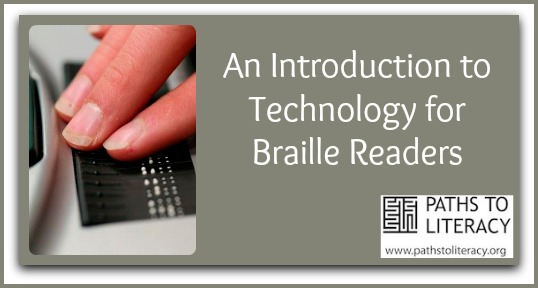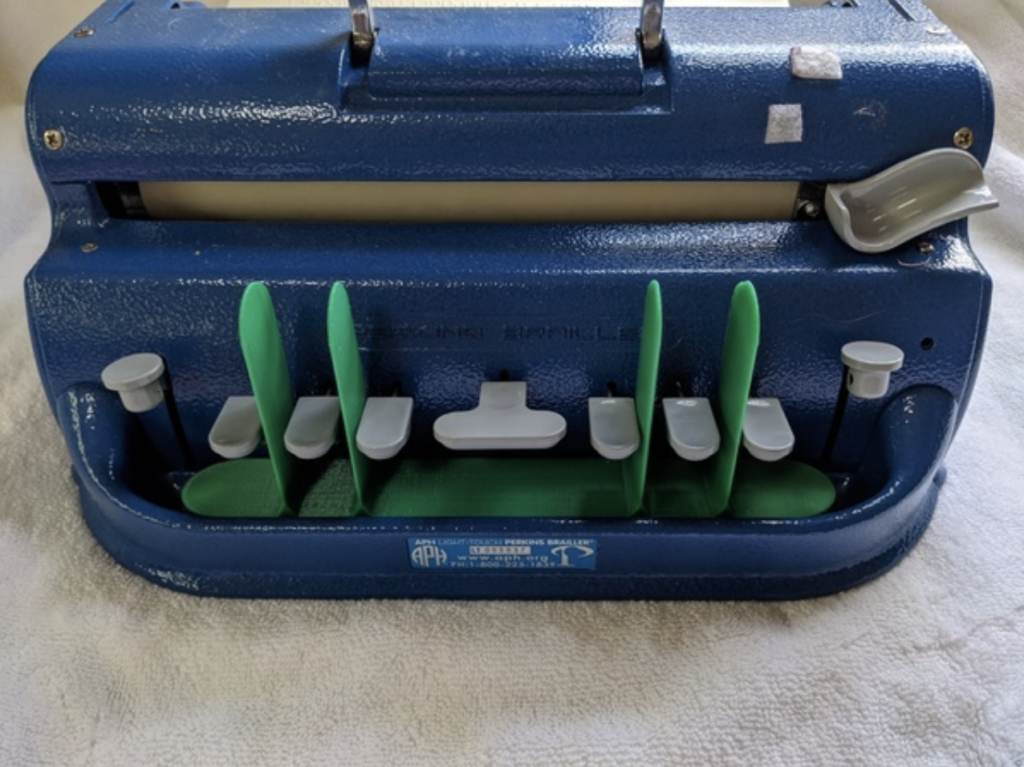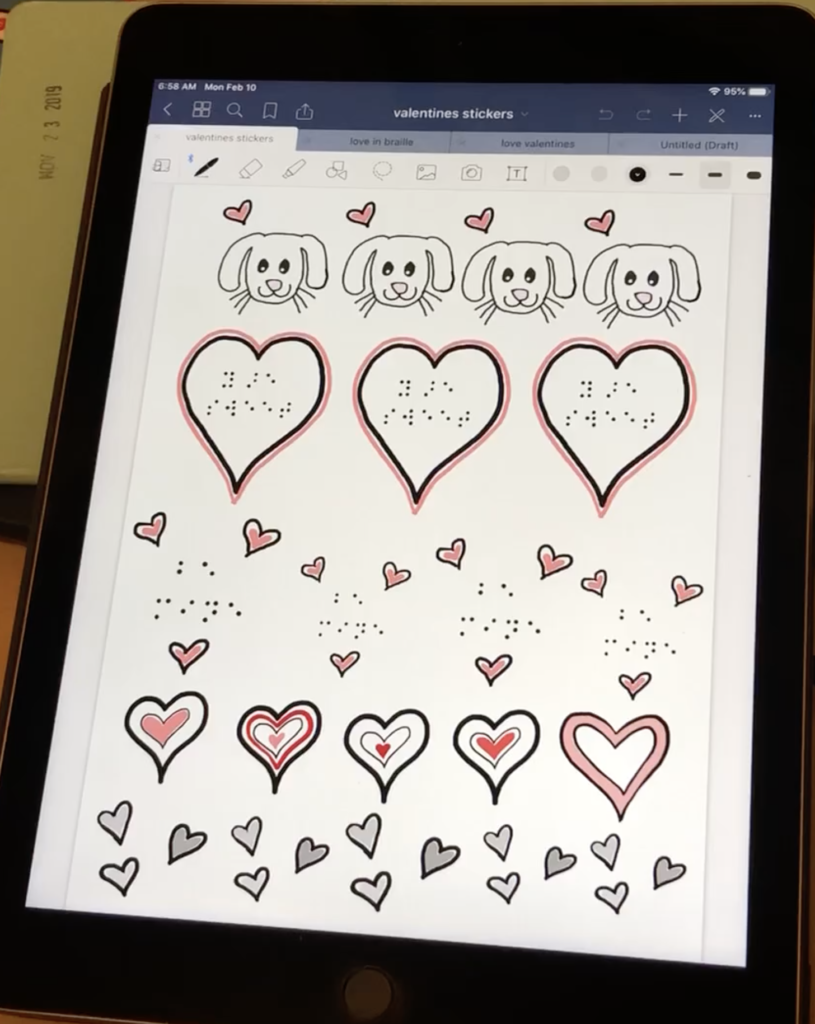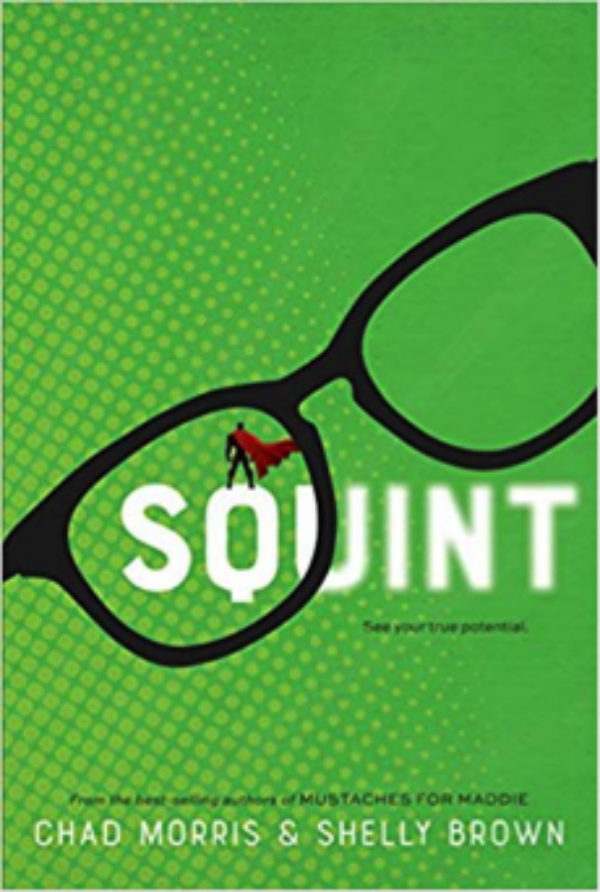- Introduction
- Digital Talking Books
- Digital Talking Book Players
- Screen Readers and Refreshable Braille Displays
- Resources for Teachers

Introduction
Technology changes more quickly than many of us can keep up with. In many ways it levels the playing field, while in other ways it introduces new accessibility challenges. Proficiency in the use of this technology is an important part of braille literacy today. Regardless of the specific device one chooses, the starting place in making decisions about what technology to recommend or to purchase is to pose some basic questions.
- What is the purpose of the device?
- Where will it be used?
- What are the student’s needs and abilities?
- What is the cost?
- How important is portability?
General Resources
American Foundation for the Blind
A Beginner’s Guide to Access Technology for Blind Students
by Steve Booth, International Braille and Technology Center for the Blind (IBTC) (2008)
This web page from TSBVI includes information on braille translation software, braille embossers, braille displays, and portable devices.
Technology-Acquisition Strategies for Young Blind Students (2002)
Future Reflections, National Federation of the Blind
Digital Talking Books
Digital Talking Books (DTB) are a multimedia presentation of a print publication, rendered in audio with a human voice. These include:
- Bookshare
- DAISY (Digital Accessible Information System)
- LearningAlly (formerly known as RFBD)
- NIMAS (National Center on Accessible Instructional Materials)
They can be played on a variety of players, including stand-alone devices and software players.
IEP Objectives for Using Digital Talking Books
Texas School for the Blind and Visually Impaired
Many people are familiar with commercially available e-readers, such as the Kindle, the Nook, and the iPad. In addition, there are a number of E-Readers that are primarily designed for users who are blind or visually impaired.
Victor Reader Stream
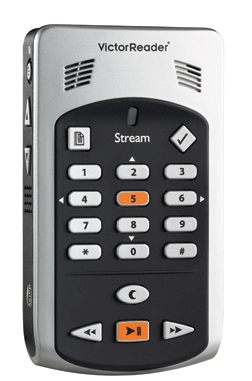
The Victor Reader Stream is a digital talking book player, available from Humanware.
- Victor Reader Stream, a Product Worth Considering (Or Reconsidering), AFB, AccessWorld
- The Victor Reader Stream: More Than an iPod for the Blind, National Foundation of the Blind
Screen Readers
American Foundation for the Blind
Introduction to the Screen Reader (video)
Division of Information Technology, University of Wisconsin at Madison
JAWS for Windows Screen Reading Software
Freedom Scientific
What is Refreshable Braille?
Sometimes known as 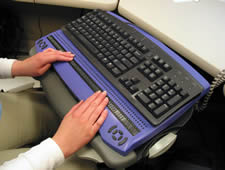 “paperless braille”, a refreshable braille display has a row of braille cells made of plastic or metal pins. The pins in the braille cells are contolled by the computer and match the words on the screen. The braille cells change as the user moves around on the computer screen.
“paperless braille”, a refreshable braille display has a row of braille cells made of plastic or metal pins. The pins in the braille cells are contolled by the computer and match the words on the screen. The braille cells change as the user moves around on the computer screen.
Braille Bug, American Printing House for the Blind
Your Tech Vision
This site offers a wide range of educational activities, instruction, and keystroke-based lessons for students who are blind or visually impaired, as well as for the sighted adults who work with them. Some of the lessons are free, while others require purchase.

